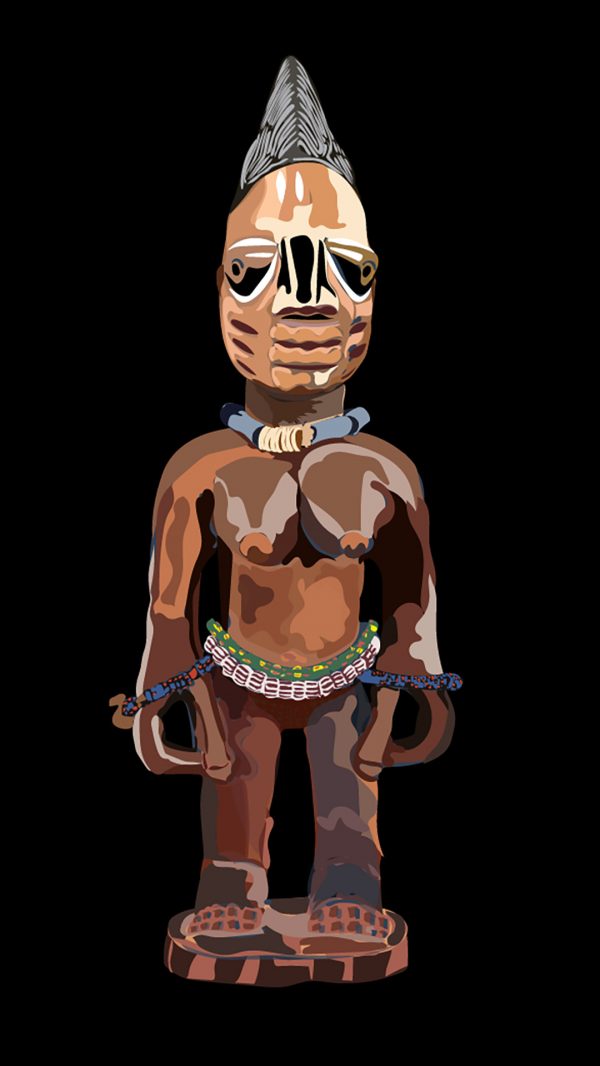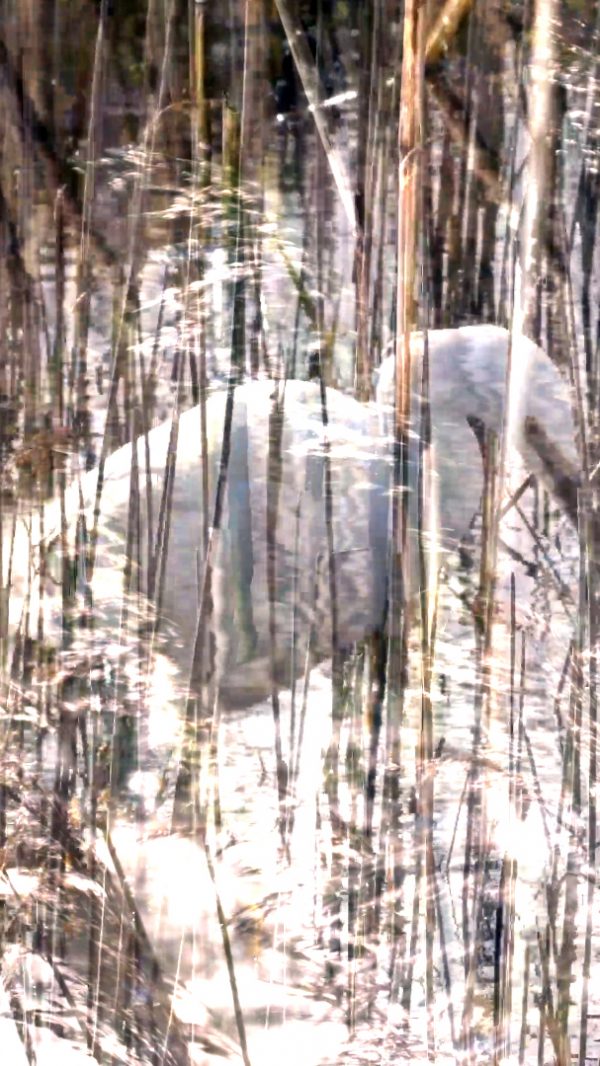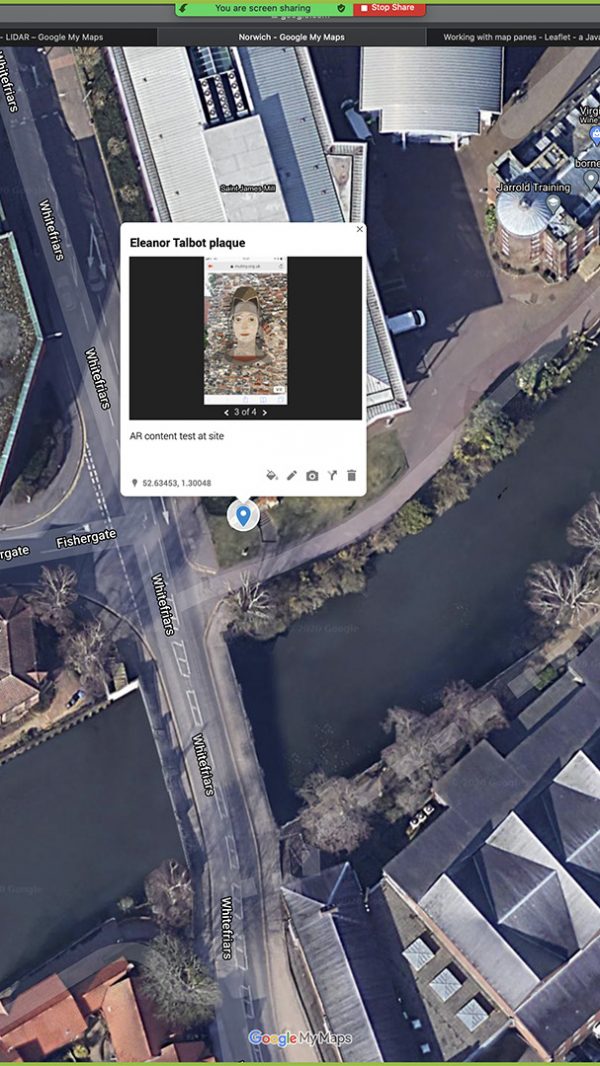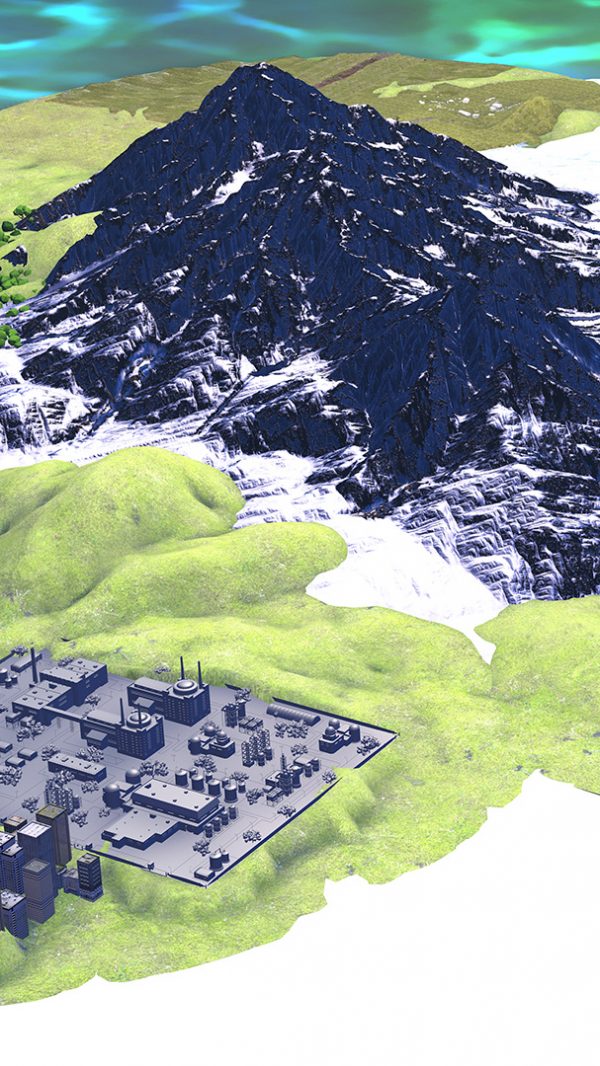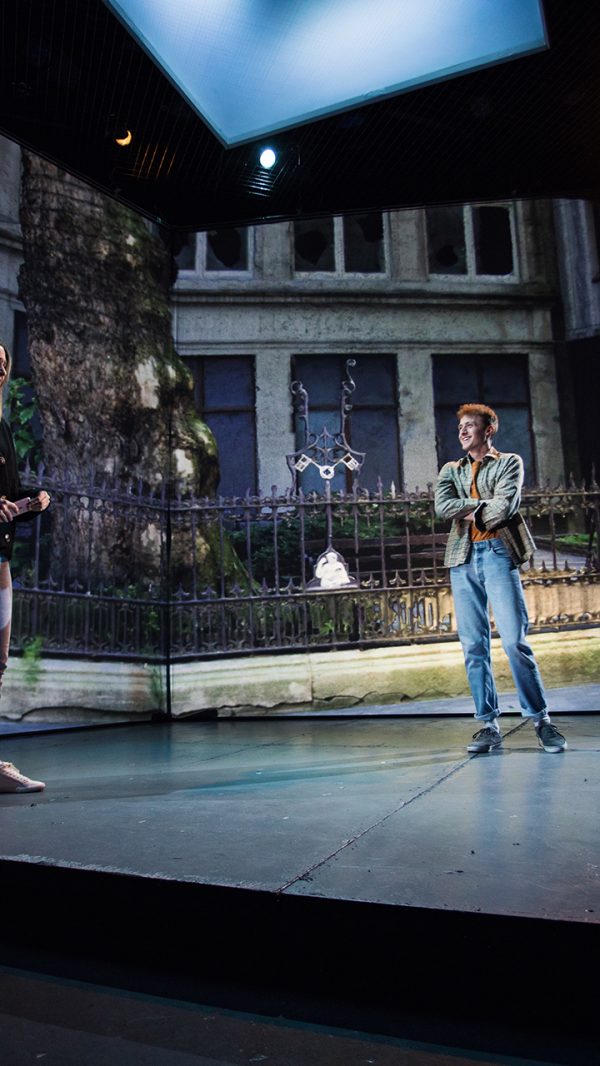The Living Book: World Building, World Changing?
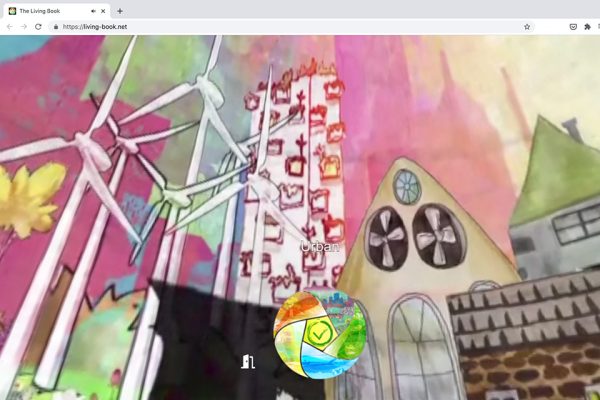
Writers make worlds, we know that, but can they change them? More importantly, can writing make people feel like they can change them?
In 2018, I ran a project called Future Fables. The idea was simple, inspired by Rachel Carson’s famous opening chapter, ‘Fable for Tomorrow’, from Silent Spring, young people would use some of the latest climate change research by UEA scientists to write their own speculative myths about a post-climate change world. Doing so, I hoped, would not only increase their confidence in grappling with the huge quantity of climate change information out there, it would give them a space to try out different strategies of response: what would happen if we did this? What would happen if we did not do that?
The Living Book developed these ideas, taking them to a whole new height. Mitch Johnson’s stunning provocation was so powerful that no one could fail to believe they were taking part in something serious, that their personal creative decisions had high stakes. Transferring what had previously been a ‘paper and ink’ project into a digital format not only brought a visual intensity but a sense of connection between ideas. This is important. On such an overwhelming issue like climate change, breaking out of your private headspace and literally ‘seeing’ the thoughts and fears of others breaks down barriers. There is another advantage. Digital form feels malleable in a way that print does not. Like the process is never quite over, just paused, that there’s still time to change your mind, to take a different path, to do things differently. Where climate change is concerned, that kind of thinking is certainly empowering.
Dr Sophie Scott Brown is the UEA lead for The Living Book.
